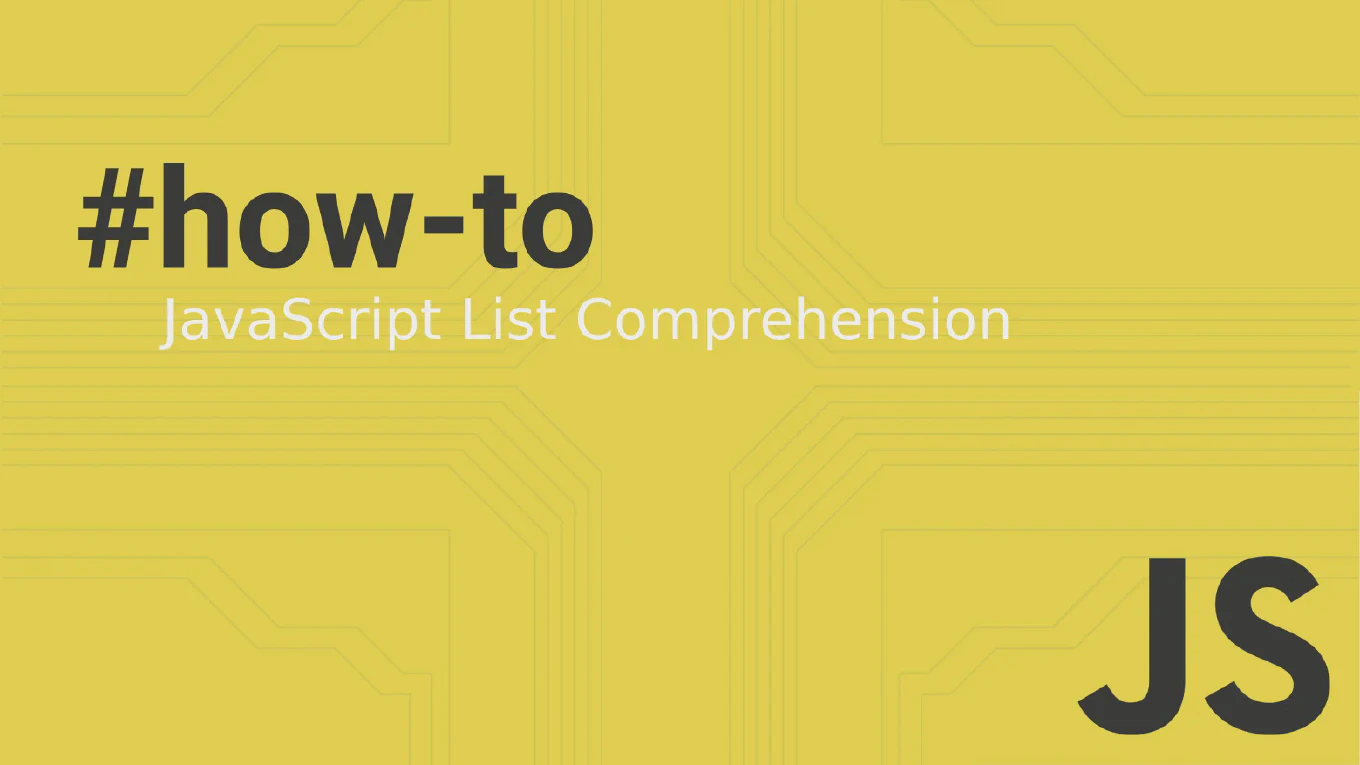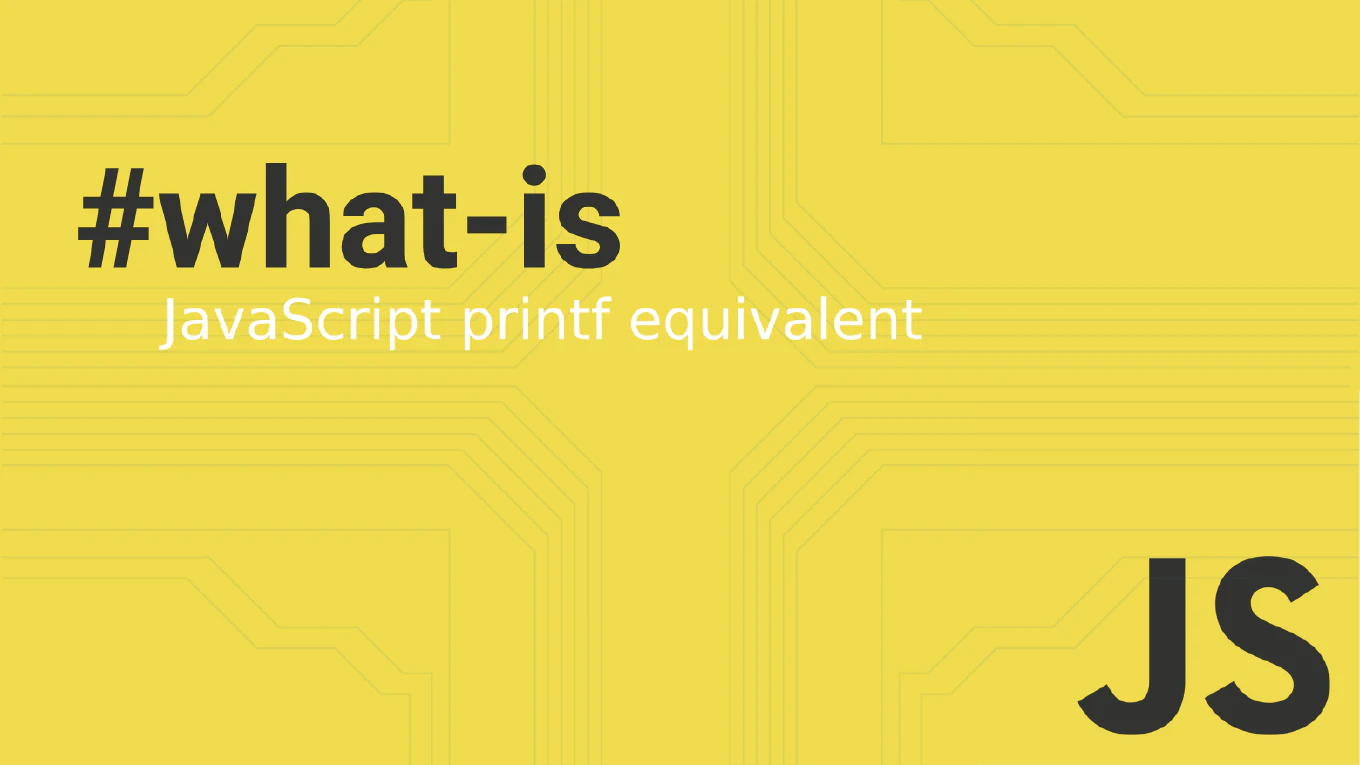How to cancel a fetch request in JavaScript
Canceling fetch requests is crucial for preventing unnecessary network usage, avoiding race conditions, and improving application performance when requests become obsolete. With over 25 years of experience in software development and as the creator of CoreUI, I’ve implemented request cancellation in search interfaces, navigation handlers, and component cleanup routines. From my expertise, the most effective approach is using the AbortController API which provides standardized request cancellation for fetch operations. This technique prevents memory leaks and ensures only relevant requests complete execution.
How to handle fetch errors in JavaScript
Proper fetch error handling is essential for building robust applications that gracefully manage network failures, server errors, and unexpected responses. As the creator of CoreUI with extensive JavaScript experience since 2000, I’ve implemented comprehensive error handling in countless API integrations and data-driven applications. From my expertise, the most reliable approach is checking both network errors and HTTP response status codes with appropriate fallback strategies. This technique ensures applications remain functional even when network requests fail.
How to throttle resize event in JavaScript
Throttling resize events prevents performance degradation during window resizing by limiting function execution frequency to manageable intervals. With over 25 years of experience in software development and as the creator of CoreUI, I’ve implemented resize event optimization in responsive layouts and adaptive components. From my expertise, the most practical approach is using throttling to execute resize handlers at regular intervals rather than on every resize event. This technique maintains UI responsiveness while preventing excessive recalculations during continuous resizing.
How to debounce scroll event in JavaScript
Debouncing scroll events is crucial for preventing performance issues caused by the high frequency of scroll event firing during user scrolling. As the creator of CoreUI with over 25 years of JavaScript development experience, I’ve optimized scroll event handling in numerous interactive components and infinite scroll implementations. From my expertise, the most effective approach is creating a debounced function that delays scroll handler execution until scrolling activity stops. This technique dramatically reduces CPU usage while maintaining responsive user interactions.
How to toggle a class in JavaScript
Toggling CSS classes is fundamental for creating interactive UI elements like dropdown menus, modal dialogs, and state-based styling.
With over 25 years of experience in software development and as the creator of CoreUI, I’ve implemented class toggling in numerous interactive components and animation systems.
From my expertise, the most efficient approach is using the classList.toggle() method which adds the class if absent or removes it if present.
This method provides clean, readable code while handling the conditional logic automatically.
How to change the HTML of an element in JavaScript
Changing element HTML content is essential for dynamic content updates, templating, and creating interactive user interfaces.
As the creator of CoreUI with extensive JavaScript experience since 2000, I’ve implemented HTML content manipulation in countless UI components and data-driven applications.
From my expertise, the most versatile approach is using the innerHTML property which allows setting both text and HTML markup dynamically.
This method provides flexible content management while enabling rich formatting and nested element structures.
How to throttle a function in JavaScript
Throttling limits function execution to occur at most once per specified time interval, preventing performance issues during continuous events. With over 25 years of experience in software development and as the creator of CoreUI, I’ve used throttling extensively for scroll handlers, mouse movement, and animation callbacks. From my expertise, the most reliable approach is tracking the last execution time and only allowing subsequent calls after the specified interval. This technique ensures consistent performance while maintaining responsiveness during high-frequency events.
How to debounce a function in JavaScript
Debouncing prevents excessive function calls by delaying execution until after a specified period of inactivity. As the creator of CoreUI with over 25 years of JavaScript development experience, I’ve implemented debouncing extensively in search inputs, resize handlers, and user interaction events. From my expertise, the most effective approach is creating a closure that manages a timer, clearing previous timeouts when new calls occur. This technique dramatically improves performance by ensuring functions execute only after user activity stops.
How to use console.table in JavaScript
Using console.table provides a clean, organized way to view arrays and objects in a tabular format, making data inspection much easier during debugging.
With over 25 years of experience in software development and as the creator of CoreUI, I’ve used console.table extensively for debugging complex data structures and API responses.
From my expertise, the most effective approach is passing arrays of objects to console.table() to create well-organized, readable output in the browser console.
This method transforms complex data into easily scannable tables with columns and rows.
How to log variables in JavaScript
Logging variables is fundamental for debugging JavaScript applications and understanding program flow during development.
As the creator of CoreUI with over 25 years of JavaScript development experience, I’ve used console logging extensively for debugging complex UI interactions and data flows.
From my expertise, the most effective approach is using console.log() with descriptive labels and leveraging advanced console methods for complex data structures.
This practice provides immediate visibility into variable values and program execution.



